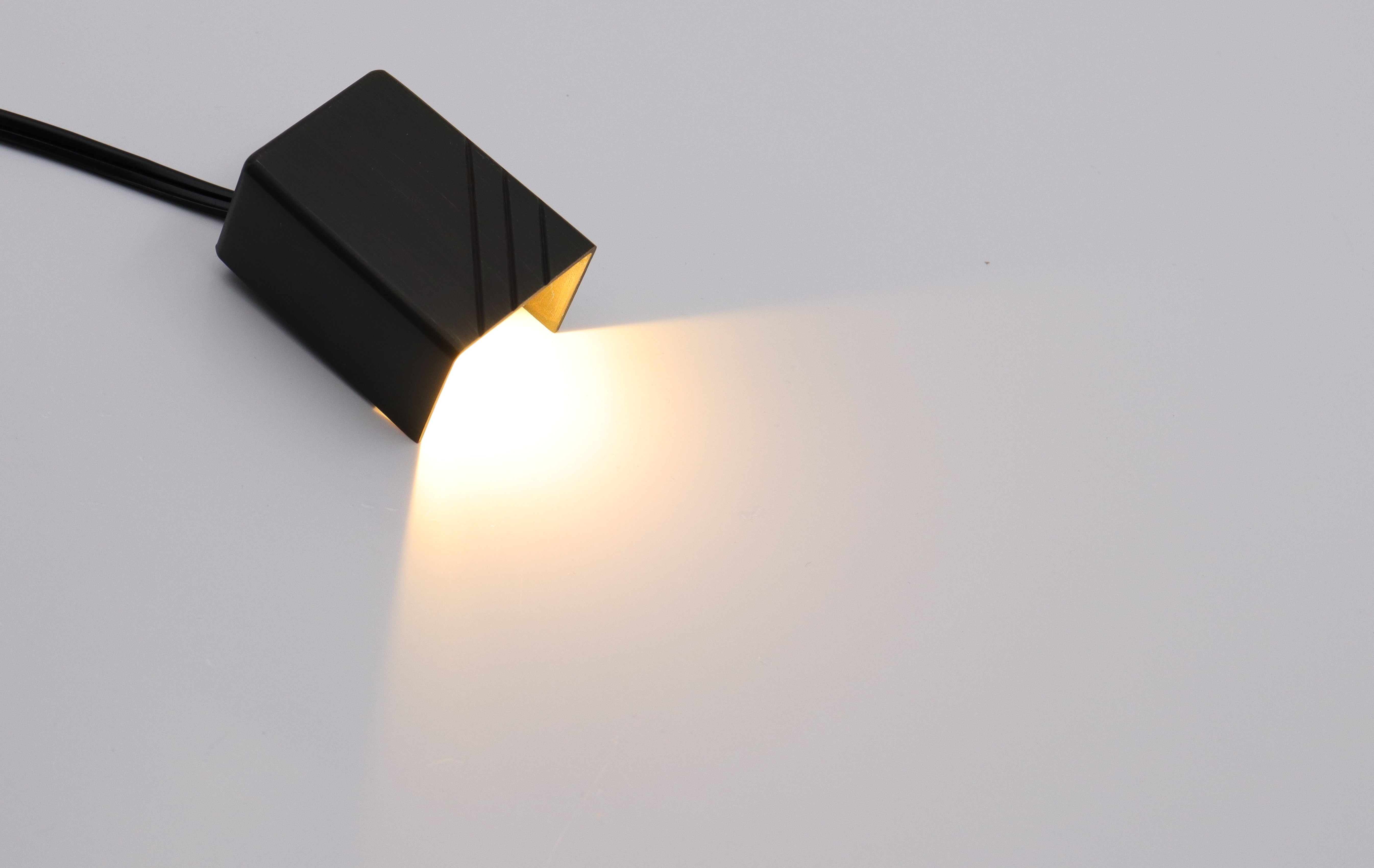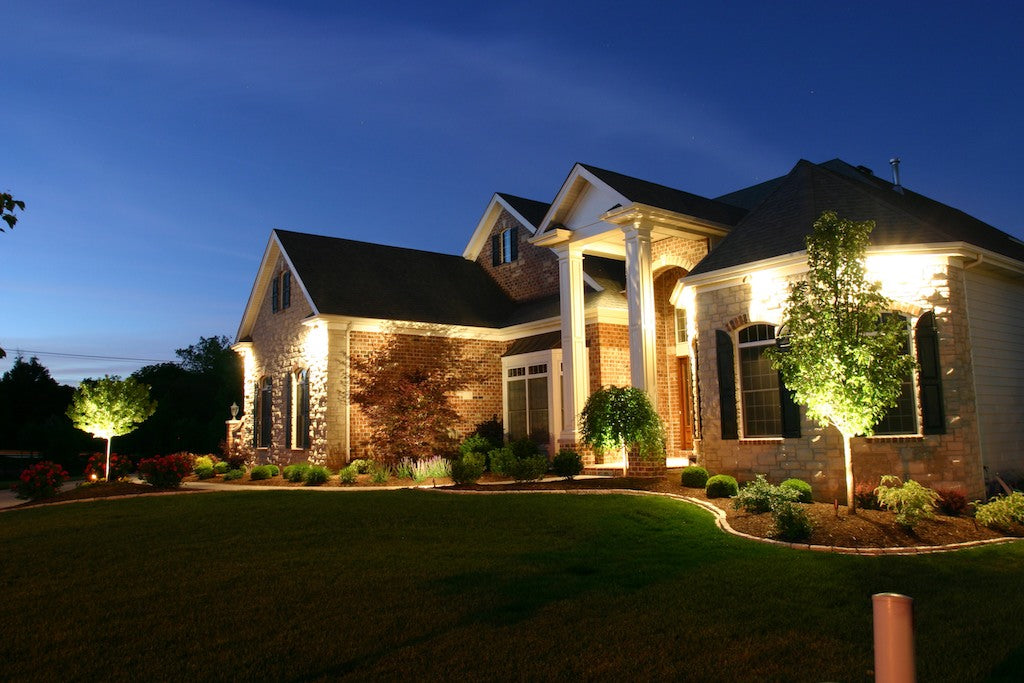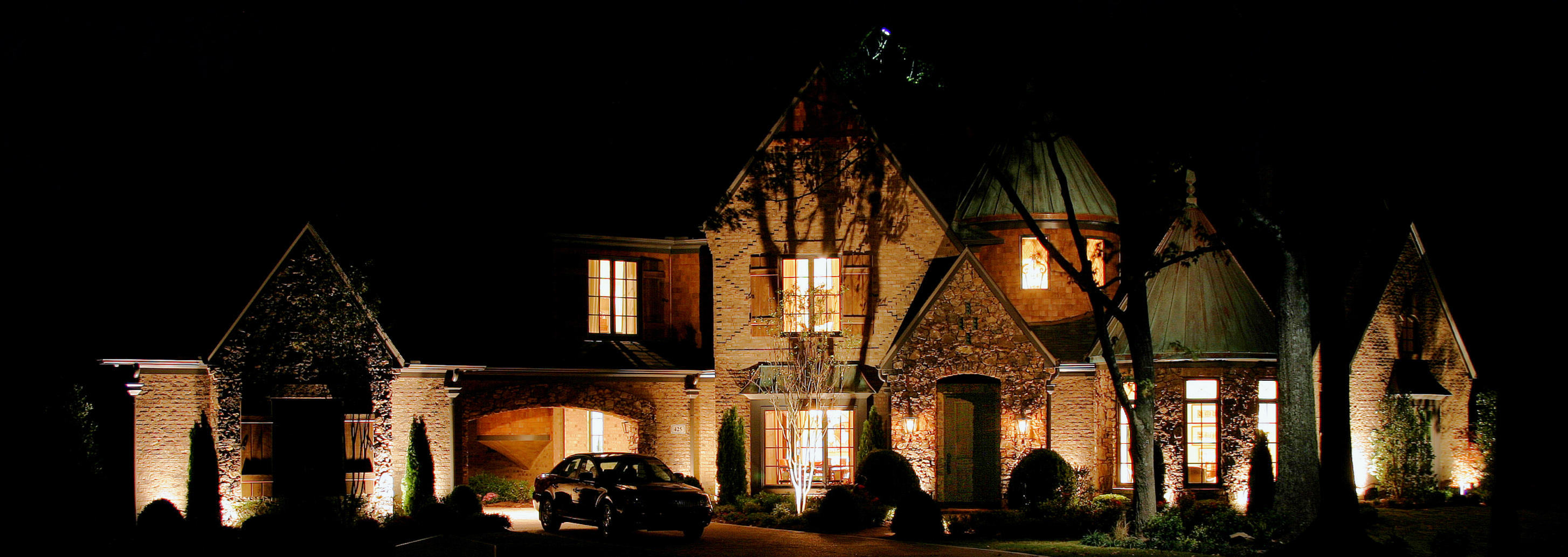Introduction
Lighting is an essential part of any home or commercial space. It not only enhances visibility but also affects the ambiance, functionality, and energy efficiency of the space. In recent years, low voltage lighting has emerged as a popular and sustainable lighting solution. Compared to traditional lighting systems, low voltage lights offer multiple advantages that make them a preferred choice for modern lighting needs. In this blog, we will explore the top 10 reasons why low voltage lights are a good option for residential and commercial settings.

1. Enhanced Safety
Low voltage lighting operates on 12-24 volts, unlike the 120 volts in standard lighting. This significantly reduces electrical hazards. The low operating current minimizes risks of fires and shocks outdoors where moisture is present. Low voltage lighting is ideal for landscapes, patios, pools, and fountains. The reduced risks also make low voltage lights safer for homes with kids and pets. Installation is safer too since the lower voltages minimize precautions needed.
2. Energy Efficiency
Low voltage lighting consumes far less electricity than incandescents and halogens. Low voltage spotlights and floodlights use at least 85% less energy. LED low voltage bulbs can reduce consumption by over 90%. This cuts electricity bills substantially. Energy Star-certified low voltage fixtures ensure optimal energy savings without sacrificing performance.
3. Longevity
Quality low voltage bulbs last 20,000 to 50,000 hours, nearly 50 times more than incandescents. This extended lifespan means fewer replacements, lowering maintenance needs. With a rating of up to 50,000 hours, low voltage systems are durable, long-term lighting solutions. The exceptional longevity offsets the higher initial cost. Low voltage LEDs maintain consistent light quality throughout their lifespan without degradation or color shift. Although the life of low-voltage led bulbs is very long, we still need to understand How to Troubleshoot a Low Voltage Lighting System?

4. Versatility
Low voltage lighting comes in various styles - monorails, accent lights, spotlights, under-cabinet fixtures, and more. The compact and lightweight design allows flexible placement without taking up space. Low voltage lights suit numerous applications like task lighting, accent lighting, landscape lighting, signage, and backlighting. The versatility enables custom lighting schemes for desired ambiance and functionality.
5. Easy Installation
Low voltage lights allow quick plug-and-play installation without complex wiring or electrical skills. Pre-assembled kits include transformers, cables, mounts, and connectors for straightforward assembly. Most low voltage fixtures simply require mounting and connecting the wires. This ease enables convenient DIY installation.
6. Improved Light Quality
Low voltage lighting gives focused, uniform, glare-free illumination. Efficient light distribution improves visibility. Low voltage bulbs instantly reach full brightness, unlike fluorescents. This creates comfortable, productivity-enhancing lighting. Directional low voltage fixtures concentrate light precisely where needed without spill or glare. The improved lighting quality provides both form and function.

7. Eco-Friendly
Low voltage lighting utilizes LED and halogen bulbs that are mercury-free and energy-efficient. This cuts electricity consumption and carbon footprint. Negligible heat generation also reduces air conditioning loads. The environmental benefits combined with energy savings make low voltage lighting a green solution.
8. Cost-Effectiveness
Though initially expensive, low voltage lighting pays off over time. The energy savings and long service life offset the upfront cost. Low voltage fixtures also have lower maintenance costs thanks to their durability and simple bulb replacement. DIY installation further reduces expenditure compared to 120V fixtures.
9. Dimmability
Most low voltage lighting offers built-in dimming for adjustable illumination. Dimmers enable control over light levels to suit different tasks or moods. Dimmable low voltage fixtures also help save energy when full power is not needed. The flexible dimming allows optimal and personalized use of the lighting system.
For a complete understanding of low-voltage lighting, please read What are the Pros and Cons of Low Voltage Landscape Lighting?
10. Aesthetic Appeal
Low voltage fixtures come in attractive, minimalist designs that enhance aesthetics. The streamlined styles blend with contemporary as well as traditional decor. Low voltage landscape and accent lighting add drama and visual interest. Discreet fixtures keep the lights themselves inconspicuous. Improved light quality also makes spaces more vibrant and appealing. Learning more aesthetic knowledge, could read The Ultimate Guide to Path Light Spacing in 2023: Balancing Safety, Aesthetics, and Efficiency
Conclusion
Low voltage lighting clearly offers multiple advantages compared to traditional high voltage systems. The reduced voltage ensures safer operation while the LED and halogen bulbs provide impressive energy savings. Low voltage lights also have excellent longevity, versatility, ease of use, and environmental benefits. The improved light quality, dimming abilities, and aesthetic designs make them ideal for residential and commercial installations. Although the upfront cost is higher, low voltage systems deliver better value in the long run owing to their durability and lower operating costs. For sustainable, high-efficiency, and cost-effective lighting, low voltage solutions are definitely a great choice.






Leave a comment
All comments are moderated before being published.
This site is protected by hCaptcha and the hCaptcha Privacy Policy and Terms of Service apply.